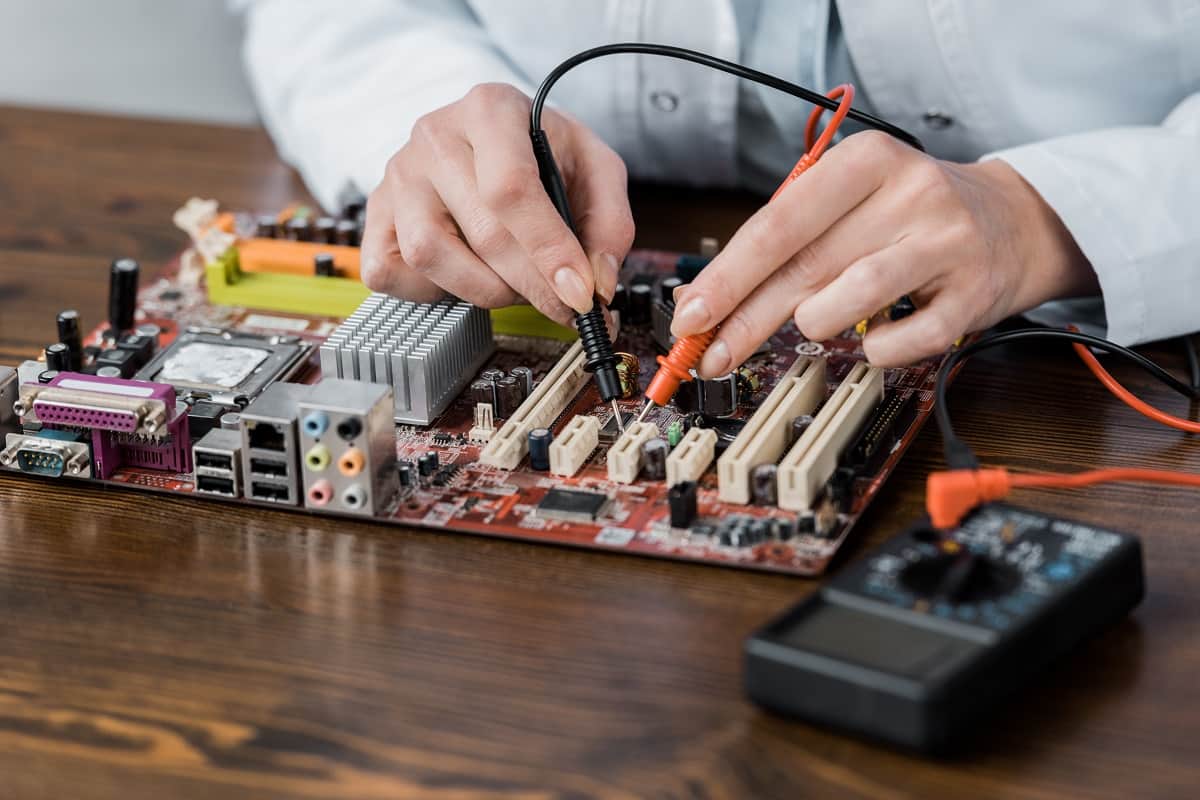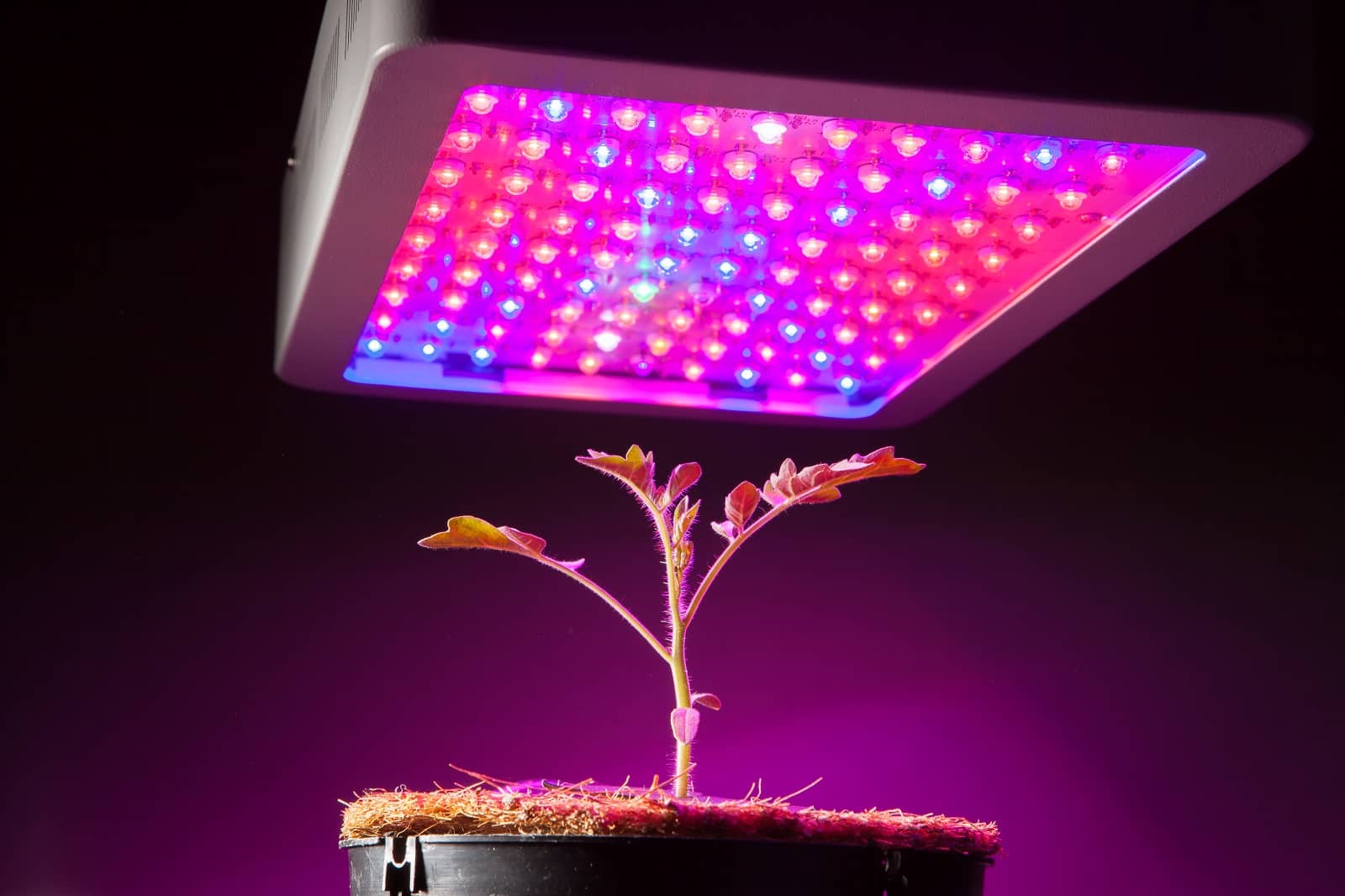Let’s be honest:
Having a pool in your home is great.
What is even greater, however, is a pool that has no algae. Not only does algae causes odor in stagnant water, but it also makes the water look unclean. Therefore, if you want to kill two birds with one stone, you need to learn how to clean a pool.
And guess what: cleaning a pool isn’t as difficult as some people make of it.
Provided you’re ready to roll up your sleeves – and are willing to take some hours out of your schedule, your pool will be the envy of your friends for months to come.
Contents
How to clean above ground pool?
Here’s how to clean a swimming pool with a vacuum:
Part 1: Cleaning debris
Your pool contains two types of impurities: large debris and algae. In this section, the steps to cleaning a pool will focus on the former type of impurities.
Step 1: Removing the cover
In case your pool hasn’t been cleaned for some time, it might contain an accumulation of dirty water atop its cover. Therefore, before removing the cover, siphon off as much of this water as possible. For, once you’ve removed dirty water, you’d have to exert less effort.
Step 2: Use a pool skimmer
First of all, direct the pool skimmer towards the large debris inside the water, for if left unchecked it might clog the pool filter. Next, skim off any floating items that you might see on the water surface. Finally, after stirring up the water, skim the leaves and/or other large debris from the pool’s bottom.
Step 3: Cleaning the pool filter
After removing the pool canister, use a garden hose containing a spray nozzle to clean it inside and out. However, if the filter contains so much dirt that it cannot be cleaned, you’d have no choice but to replace it.
Once the filter is clean again, reinstall it into its canister from where you had detached it earlier. Apart from making sure that the filter’s installation is proper, also ensure that its cover is tightly sealed.
Once you’ve made sure of that, connect the filter and pump to the pool and let the water flow through the filtering system. Finally, turn on the pump.
Step 4: Cleaning the pool bottom
To clean this part, use either a long pool brush or a vacuum. If you’re using a brush, agitate the water as much as possible to help the filtration system remove as much particulate debris as possible. However, if you ask us, the best way to clean a pool is by using a vacuum.
If you’re using a pool vacuum, attach the vacuum pool to the vacuum head after you’ve connected the former. Next, connect the hose to the apparatus, removing all the air inside the hose by washing it with water.
Once you’ve done that, dip the vacuum head inside the water and follow the user-manual to clean not only the bottom but also the sides of your pool. If you see some stained areas on the side, scrub them gently lest you rip the liner.
Part 2: Shocking the pool
Provided you want to get the maximum results from shocking, always do it at night. For, during the day, sunlight eats up chlorine – which is the main shocking agent. Also, while shocking, wear goggles and gloves.
Step 1: Choosing the substances
To shock a pool, you’ll need to add three substances: a pool shock, algae guard and water clarifier. Go through the package instructions of each substance to determine the exact measure that you may have to add.
That said, the measurements given on the package are for pools that are being shocked regularly. This means that if your pool is in extremely bad condition, you can add more quantity than what is given on the package.
Step 2: Adding the shock
First of all, sprinkle the powdered shock around the pool’s edges. You need to do it slowly for doing it too quickly might pile up the shock at the pool’s bottom. Still, if despite acting slowly the shock still accumulates, stir it up using a pool brush. Otherwise, if you let the powder sit in one place, it will bleach the liner’s bottom.
Step 3: Adding the water clarifier and algae guard
Just as you have done with the shock, slowly add the water clarifier around the edges of your pool. If you see that the clarifier isn’t mixing, use the pool brush to stir the water to expedite the mixing process. Then, add the algae guard in the same way.
Once you’ve added all three substances, don’t just go away. Monitor the area for 15 minutes to ensure that chemicals don’t simply stick to the bottom. However, if they do, turn to the pool brush to stir things up.
Step 4: Running the filter
Check the weather before running the pool filter. If it’s windy or breezy, cover the pool so that debris stays out of it. Afterward, turn on the filter and allow it to run overnight.
Step 5: Checking the results
On the following day – before which the filter has run overnight – remove the cover. Test the water using a pool chemical test strip following the directions of its manufacturer. Since you had added chemicals during shocking, expect the pH level to be higher than normal.
Having said that, you shouldn’t tolerate the abnormal amount of acidity if the chemical test strip so indicates. So, if you deem it necessary, add extra chemicals to balance the pH level.
Step 6: Adding chlorine
Once you have made sure that the chemical levels are normal – and can see that the pool water is clear – install a floating cleaning dispense in your pool. Afterward, fill it with chlorine tablets. Doing so would let the dispenser distribute an effective amount of chlorine into the pool, hence making sure that the pool stays clean.
Remember, while the chlorine tablets have a fixed dissolving rate, greater swimming traffic and hot weather conditions might cause them to dissolve at a faster rate. Consequently, you might have to add more tablets.
Tips to maintain your above ground pool
Does your above-ground pool get dirty very easily?
It means you aren’t taking enough care of it. So, after you have cleaned your above ground pool, follow these tips to ensure your above-ground pool remains in good working condition.
Don’t leave it Empty
Ask people who are veterans in this industry, and they might tell that leaving an above-ground pool empty is asking for trouble. For, if it rains during the time that your pool is empty, the dirt on the pool’s bottom will get heavier, and the pool might also cave in.
Run Filter for 12 Hours in the summer
Most above-ground pool manufacturers recommend running the pool filter for 6 hours in cold weather. Therefore, when the mercury goes south, increase the running time of your filter to at least 12 hours a day.
Prevent the growth of grass
It’s safe to assume that none of us want to change their pool’s liner – cue: it’s costly. However, if you let the grass grow around the pool, it might touch the liner within no time, hence forcing you to face your worst nightmare.
How to clean a green pool?
A pool turns green due to algae build-up. So, if you want to clean a green pool, you have to remove live algae. Following are the steps to cleaning a pool containing algae – and, as a result of the algae, green water.
Step 1: Remove debris
Either via a pool brush (not recommended) or a vacuum (recommended), remove debris. If you are unaware of how to clean dirt from the bottom of the pool using a vacuum, just point its nozzle towards the dirt and operate the vac at full speed. That should do the trick.
Step 2: Remove skimmers and clean built-in filter
Since we’ve already discussed how to remove skimmers in the 2nd step above, you can easily follow that from there. Once you’ve removed clogged skimmers, replace them with new nets. As for cleaning the filter, remove it, spray it with your garden hose which has a spray nozzle, and re-install it.
Step 3: Backwash the sand filter
Backwashing the sand filter is crucial because once thoroughly cleaned, it will make the pool’s filtration system to work at a maximum flow rate. As a result, the system would be able to tackle problems with more ease.
Step 4: Shock the pool
To learn how to shock a pool, turn to part 2 of the cleaning process of the above-ground pool indicated earlier. Follow all the steps.
Step 5: Place the flocculent
Flocculants are substances that bind smaller debris particles into larger ones, hence making it easier for the sand filter to trap them. Place one flocculent inside the skimmer basket.
Step 6: Backwash filter again
If your pool is extremely dirty, it might happen that once you’ve back-washed the sand filter, the skimmer nets might get clogged with algae. So, you need to replace them.
Generally, once you’ve run the filter system for a day, there won’t be any living algae in your pool, which means its water will be crystal clear.
Tips to keep your water clear
Once you’re done with the cleaning process, you might want to know some tips following which you can keep your water clear.
Clean skimmer basket regularly
Some pools – especially the smaller ones – might have a solo skimmer basket. Others, which are on the bigger side, might contain more. Regardless of the number of the skimmer baskets that you may have, make a habit of cleaning it weekly.
For, everything that enters into your pool enters via the basket. If the skimmer is doing its job popularly, it will keep more pollutants away from the water. You can dump the inner contents of the basket into the round access panel which is located on the pool’s deck.
Maintain the water level
Check the water level. Pool manufacturers recommend keeping the water level at the center of the skimmer for the latter to function properly. Otherwise, if the water level is too high, the door of the skimmer won’t work properly.
Also, if the water level is too low – while it won’t affect the skimmer’s performance, it might burn the pump after running it dry.
Keep an eye on pH
As stated earlier, it is the buildup of pH which gives way to algae. Keep it at 7.2 and the scum line – which might be visible on your pool’s walls – will have a hard time developing. To make sure the pH is at an optimal level, check your pool’s chemistry at least once every week.
Conclusion
It goes without saying that while everybody likes to take a dip – nobody likes to clean the pool. However, as a pool owner, you should be aware that you cannot enjoy the former without taking care of the responsibilities of the latter.
Jim Powell
Jim is our staff editor and writer. He has a degree in engineering. His hobbies are radio engineering and new technologies about which he has been writing for more than 7 years.



